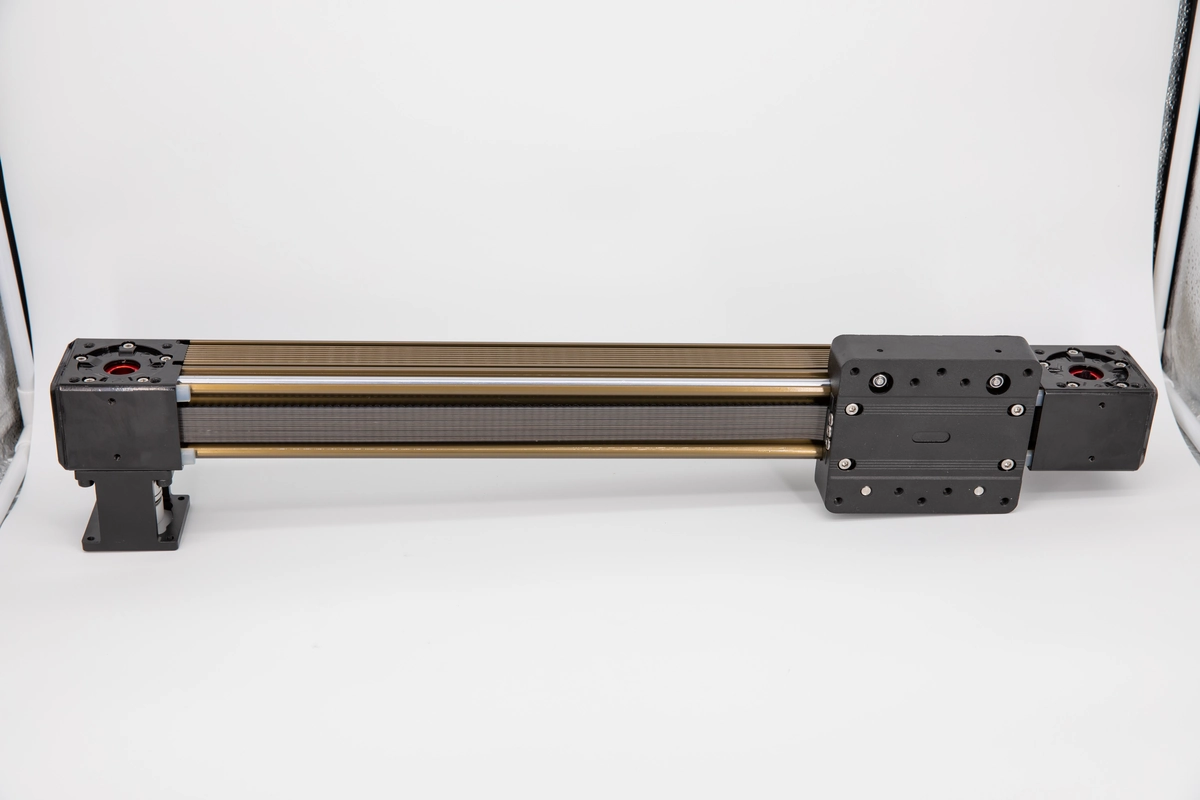How fast can a linear actuator move?
2024-02-08 10:37:01
Linear actuators are widely used in automation systems to accurately convert rotary motion into linear motion. Their rated speed depends on several design parameters. This in-depth guide analyzes each factor.

Actuator drive structure
Ball screw drives, belts, or gear systems convert high rotation speeds into linear motion, with ball screws typically reaching 250-300 mm/s over medium strokes. Belt drives lighten the starting load, but due to elasticity-induced slippage, its transmission speed slows down with distance, with maximum speeds dropping to 150-200 mm/s at the end of the stroke. The gear system excels below 100 mm/s. Cylinders using compressed air utilize valves and pressure to rapidly accelerate masses at speeds over 500 mm/s. Motorized screw and ball drive types meet the 150-300 mm/s range.
Prime motor selection
The speed of a linear actuator is affected by the no-load speed and torque capacity of the prime motor. Higher power AC servo or stepper motors can achieve 10,000 rpm and they are typically faster than the lower end gear motors rated at 3,000 rpm. Rotary motor specifications define the actuator ratings. Stepping motors provide torque in small increments for increased stiffness. Smooth feed rates over 200mm/s can be achieved with microstepping. The Servo motor can provide continuous torque from 0-3000rpm, resulting in 200mm/s. Brushless AC servo varieties provide torque from 0-6000rpm and are ideal for needs over 250mm/s. High speed geared motors are limited to speeds below 150mm/s. Careful motor pairing suits the application.
Stroke length
Short strokes can reach maximum speed very quickly, whereas longer strokes take longer to reach maximum speed, e.g. a 1000 mm stroke takes several seconds to accelerate a larger payload to peak rate. Peak speed can only be reached within an even intermediate stroke length. Longer strokes require larger, heavier linear bearings and drive components, which further slow acceleration.
Rated force and load effect
Heavy workpieces increase mechanical friction and limit speed potential. Actuators that perform at 50-75% of rated force can reach rated speeds without difficulty. Loads that are overloaded beyond 100% of maximum force cannot accelerate the payload fast enough to meet advertised speed specifications. Proper sizing can prevent speed loss.
Conclusion
In summary, by carefully considering factors such as actuator drive configuration, prime motor selection, stroke length, and load, performance expectations regarding maximum achievable speed can be determined, and speed can be maximized by choosing the right components.
See What Lunyee Can Do For You
Contact Us
- 8619149417743
- +86-0371-5562 0274
- [email protected]
- Zhengzhou, Henan Province, China
- Mon-Fri: 9:00 - 18:00




